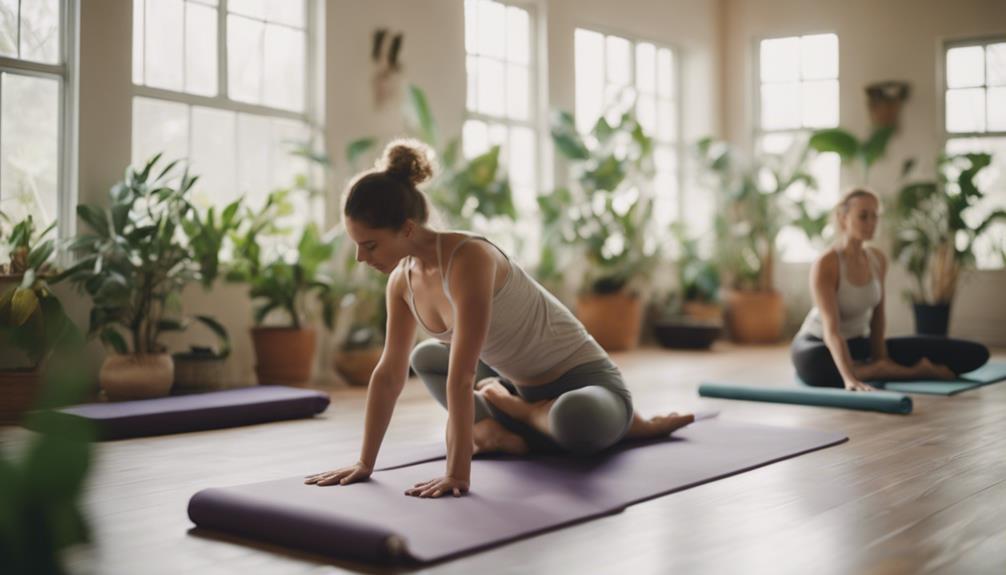Yoga Body

Yoga is more than just a physical practice; it is a holistic approach to wellness that integrates the mind, body, and spirit. In this comprehensive guide, we will explore the concept of a “yoga body” and how you can achieve one through various yoga practices, lifestyle changes, and mindful habits. Whether you are a seasoned yogi or a beginner, this article will provide valuable insights to help you on your journey to cultivating a healthy yoga body.
Understanding the Concept of a Yoga Body
The term “yoga body” often conjures images of lean, flexible individuals effortlessly performing advanced poses. However, the reality of a yoga body is much more inclusive. It refers to a state of physical and mental balance achieved through the practice of yoga. This means that anyone, regardless of their size, shape, or fitness level, can cultivate a yoga body by focusing on strength, flexibility, and mindfulness. Embracing this broader understanding encourages more individuals to engage with yoga as a viable path to overall wellness.
The Physical Benefits of Practicing Yoga
The physical benefits of yoga are profound and multifaceted. Regular practice can enhance flexibility, improve strength, and promote better posture. Specific poses target different muscle groups, helping to tone and strengthen the body. For instance, poses like Downward Dog and Warrior II build strength in the legs and core, while forward bends enhance flexibility in the hamstrings and spine. Moreover, practicing yoga can improve circulation, boost immunity, and promote better digestion, all of which contribute to a healthier yoga body.
Mental Wellness and the Yoga Body Connection
Achieving a yoga body isn’t solely about physicality; mental wellness plays a critical role. Yoga encourages mindfulness and self-awareness, helping practitioners to connect with their bodies and emotions. This connection fosters a positive self-image and reduces stress and anxiety, which can hinder physical progress. Incorporating breathwork and meditation into your practice can further enhance mental clarity and emotional stability, creating a more harmonious relationship between mind and body. A healthy yoga body is not just about how you look but how you feel inside.
Related Posts:
Essential Yoga Poses for a Balanced Body
To cultivate a yoga body, it is essential to incorporate a variety of poses that target strength, flexibility, and balance. Key poses to include in your practice are:
1. Downward Facing Dog: Strengthens the arms and legs while stretching the back.
2. Warrior Poses (I, II, III): Build strength in the legs and improve stability.
3. Tree Pose: Enhances balance and focus.
4. Cobra Pose: Opens the chest and strengthens the spine.
5. Seated Forward Bend: Promotes flexibility in the spine and hamstrings.
By integrating these poses into your routine, you will develop a well-rounded yoga body that is both strong and flexible, capable of handling everyday challenges.
Creating a Consistent Yoga Routine
Consistency is key when it comes to developing a yoga body. Aim to practice yoga at least three times a week, gradually increasing the frequency and duration as you become more comfortable with the poses. Setting aside dedicated time for your practice helps to create a habit, making it easier to incorporate yoga into your lifestyle. Whether you choose to attend classes, follow online tutorials, or practice independently, finding a routine that works for you is essential for long-term success.
Nourishing Your Body for Optimal Performance
A yoga body is not only sculpted through practice; it is also nourished by a balanced diet. Eating whole, nutrient-dense foods can enhance your physical performance and overall well-being. Focus on a diet rich in fruits, vegetables, whole grains, lean proteins, and healthy fats. Staying hydrated is equally important, as proper hydration supports muscle function and recovery. Listen to your body’s nutritional needs, and consider consulting with a nutritionist if you need guidance on creating a meal plan that complements your yoga practice.
The Role of Rest and Recovery in Yoga
Rest and recovery are vital components of achieving a balanced yoga body. Overexertion can lead to injuries, fatigue, and burnout, detracting from the benefits of your practice. Incorporate restorative practices such as gentle yoga, meditation, or relaxation techniques to allow your body to recover. Get adequate sleep to promote healing and rejuvenation. Remember that yoga is not just about the physical poses; it is also about cultivating a sense of peace and balance within.
Joining a Community for Support and Motivation
Finding a supportive community can enhance your journey towards achieving a yoga body. Whether through local classes, online forums, or social media groups, connecting with fellow practitioners can provide motivation, encouragement, and inspiration. Sharing experiences, tips, and challenges with others can make your practice more enjoyable and fulfilling. Consider participating in workshops or retreats to deepen your understanding of yoga and foster relationships with like-minded individuals.
In conclusion, achieving a yoga body is a multifaceted journey that encompasses physical strength, mental clarity, and emotional balance. By understanding the concept of a yoga body, practicing essential poses, creating a consistent routine, nourishing your body, allowing for recovery, and connecting with a supportive community, you can cultivate a healthier, more balanced life. Embrace the transformative power of yoga, and enjoy the process as you work towards your personal wellness goals. Remember, every individual’s journey is unique, so honor your own path and celebrate your progress along the way.